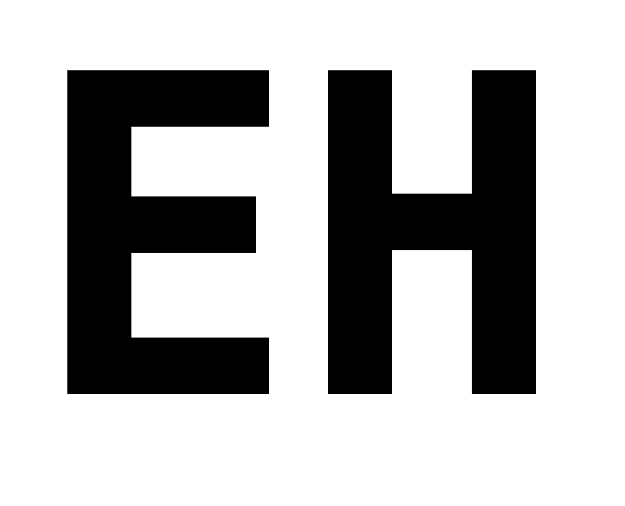Selenography
I’m a very topographically inclined person. I enjoy staring at maps, I have a strong memory for where events happen in a geographic sense, and it bothers me if I’m unsure which direction north is while walking down the street. I’m also an amateur astronomer and have been so nearly as long as I can remember. I never really thought about uniting those interests until recently.
In August 2020 I bought a new telescope, a 4” refractor to be precise. Refractors are generally good for viewing bright objects like the moon and planets, which is about all you can see from the suburbs of Los Angeles anyway. This was in the middle of the pandemic after all, and I wanted to do more observing from my apartment patio.
The moon is curiously neglected by many astronomers (myself included sometimes). Its bright light washes out faint deep sky object which many enthusiasts seek. But in those dark days of the pandemic, I rediscovered Luna and her intricate surface. I bought a lunar atlas, found a list of objects to hunt for, and went exploring. I suppose I’m now something of an amateur selenographer (one who studies the geography of the moon). Although I’ve looked at the moon hundreds of times before, it’s different now. I recognize which way is north on its surface and I can orient myself around some of the major features. It feels like a combination of reading a map and exploring real-life terrain at the same time. Although the pandemic forced all of us into more insular lives, I found the moon to be a topographically rich new world that indulged my desire for adventure and exploration without causing me to even leave my home.
